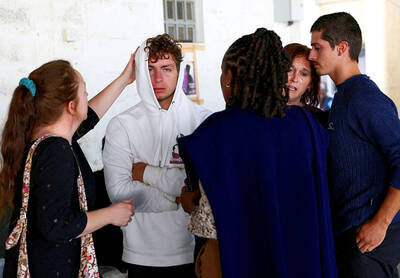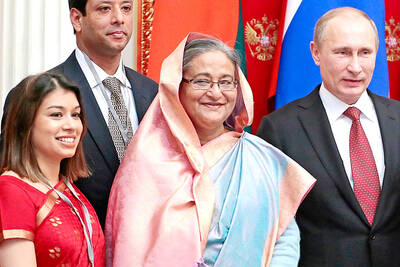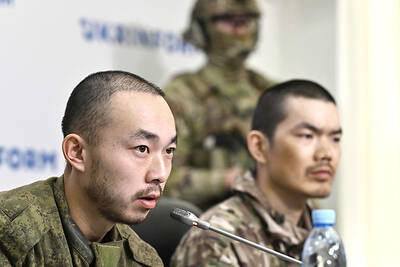Pornography has few defenders among those not busy making money out of it.
Morals campaigners say it corrupts the young; computer buffs complain it clogs up the Internet.
But researchers in Australia have put a different view in a landmark government-funded study.
The Understanding Pornography in Australia study came out on the side of liberality, arguing that pornography was not a monster devouring all before it but a friendly giant that gave simple pleasures to many people.
"When you look at people who are using it in everyday life, over 90 percent report it has had a very positive effect," author Alan McKee said.
Of the 1,025 respondents to his survey, only 7 percent said pornography had had a negative impact on their lives. In contrast, 58 per cent said pornography had improved their attitudes towards their sexuality. McKee, who conducted the study with fellow academics Catherine Lumby and Kath Albury, warned that "the more we try and turn porn into something that's seen to be bad and has to be kept away from families the more problems we might be causing for ourselves."
Some respondents said pornography added spice to a jaded sex life. Others said it smoothed a rocky marriage by soaking up the excess sexual demands of one partner. Still others credited porn with making them more attuned to their partner's pleasure and more accommodating of bodily imperfections.
The research findings were immediately attacked by Clive Hamilton, the director of private-sector think tank The Australia Institute, who was quite categorical in denying any social benefit accrued from the multi-billion dollar industry.
"No man who regularly uses pornography can have a healthy sexual relationship with a woman," he stated bluntly.

Incumbent Ecuadoran President Daniel Noboa on Sunday claimed a runaway victory in the nation’s presidential election, after voters endorsed the young leader’s “iron fist” approach to rampant cartel violence. With more than 90 percent of the votes counted, the National Election Council said Noboa had an unassailable 12-point lead over his leftist rival Luisa Gonzalez. Official results showed Noboa with 56 percent of the vote, against Gonzalez’s 44 percent — a far bigger winning margin than expected after a virtual tie in the first round. Speaking to jubilant supporters in his hometown of Olon, the 37-year-old president claimed a “historic victory.” “A huge hug

Two Belgian teenagers on Tuesday were charged with wildlife piracy after they were found with thousands of ants packed in test tubes in what Kenyan authorities said was part of a trend in trafficking smaller and lesser-known species. Lornoy David and Seppe Lodewijckx, two 19-year-olds who were arrested on April 5 with 5,000 ants at a guest house, appeared distraught during their appearance before a magistrate in Nairobi and were comforted in the courtroom by relatives. They told the magistrate that they were collecting the ants for fun and did not know that it was illegal. In a separate criminal case, Kenyan Dennis

A judge in Bangladesh issued an arrest warrant for the British member of parliament and former British economic secretary to the treasury Tulip Siddiq, who is a niece of former Bangladeshi prime minister Sheikh Hasina, who was ousted in August last year in a mass uprising that ended her 15-year rule. The Bangladeshi Anti-Corruption Commission has been investigating allegations against Siddiq that she and her family members, including Hasina, illegally received land in a state-owned township project near Dhaka, the capital. Senior Special Judge of Dhaka Metropolitan Zakir Hossain passed the order on Sunday, after considering charges in three separate cases filed

APPORTIONING BLAME: The US president said that there were ‘millions of people dead because of three people’ — Vladimir Putin, Joe Biden and Volodymyr Zelenskiy US President Donald Trump on Monday resumed his attempts to blame Ukrainian President Volodymyr Zelenskiy for Russia’s invasion, falsely accusing him of responsibility for “millions” of deaths. Trump — who had a blazing public row in the Oval Office with Zelenskiy six weeks ago — said the Ukranian shared the blame with Russian President Vladimir Putin, who ordered the February 2022 invasion, and then-US president Joe Biden. Trump told reporters that there were “millions of people dead because of three people.” “Let’s say Putin No. 1, but let’s say Biden, who had no idea what the hell he was doing, No. 2, and